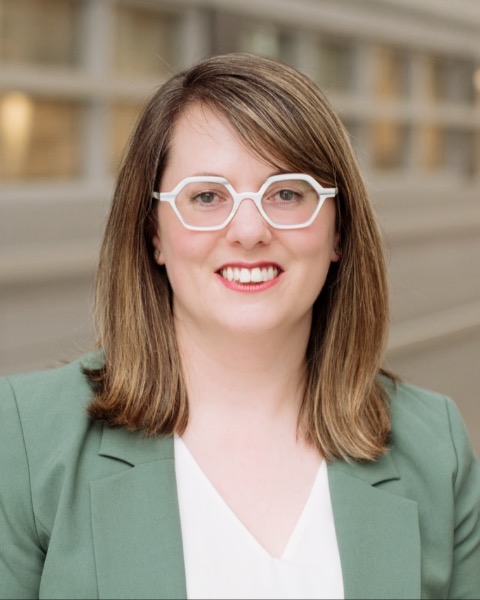Anatomy Education: Teaching Methods & Innovations Posters
Poster: Anatomy Education: Teaching Methods & Innovations Posters
128 - Diversifying the Anatomical Sciences: The Anatomy Video and Imagery Diversity (AVID) Project
Saturday, March 23, 2024
5:00pm - 7:00pm US EDT
Location: Sheraton Hall
Poster Board Number: 128
There are separate poster presentation times for odd and even posters.
Odd poster #s – first hour
Even poster #s – second hour
Co-authors:
There are separate poster presentation times for odd and even posters.
Odd poster #s – first hour
Even poster #s – second hour
Co-authors:
David Andrews, PhD - Professor, Department of Kinesiology, University of Windsor; Heather Jamniczky - Professor, Department of Cell Biology and Anatomy, University of Calgary; Lian Willetts - Assistant Professor, Department of Cell Biology and Anatomy, University of Calgary

Sarah J. Anderson, MSc, PhD
Assistant Professor
University of Calgary
Calgary, Alberta, Canada
Presenting Author(s)
Abstract Body : A much-needed movement toward inclusivity and decolonization across postsecondary education is underway. In human anatomical sciences this is particularly critical where available instructional resources typically lack diversity in visual representation on elements including race, gender, age, skin tone, ability, and body composition (Louie & Wilkes, 2018; Parker et al. 2017). This underrepresentation perpetuates a harmful hidden curriculum of bias against individuals who do not align with the dominant white male “universal model” of the human form (Finn et al. 2022) and has negative implications for learner sense of belonging and care of our community members. Existing copyright-free images that contain diverse representation often lack necessary detail or do not show views specifically required for instructional purposes. Moreover, images of sufficient quality produced by major publishers are typically protected by copyright and user-fees that can be prohibitive for students.
In response to these limitations, we launched the AVID (Anatomy Video and Imagery Diversity) project. Our aims are twofold: first, to produce an open educational resource (OER) database of original human anatomical images and videos that showcase the spectrum of human diversity which are of sufficient detail and quality to support anatomical education in multiple disciplines; second, to provide funded educational leadership opportunities for underrepresented student partners to be involved in as co-creators. AVID project partners are contributing anatomical illustrations, each drawn in several variations which depict diversity on multiple intersecting elements of identity, and short videos showcasing a diverse group of student models demonstrating anatomical concepts dynamically. Content and metadata are hosted by the University of Calgary’s Digital Collections service and will be freely available online under a creative commons license in early 2024.
We acknowledge that several groups within the anatomical education community are working to improve access to diverse resources for education. This collective grassroots effort is essential in addressing disparities. By sharing ongoing lessons from the AVID project, we hope to contribute to and empower this collective. We will highlight the approaches used to engage equity deserving students as co-creators, promote creativity and engagement amongst team members, ensure high quality educational resources through iterative review and feedback cycles, and share strategies for open access dissemination and collaboration.
In response to these limitations, we launched the AVID (Anatomy Video and Imagery Diversity) project. Our aims are twofold: first, to produce an open educational resource (OER) database of original human anatomical images and videos that showcase the spectrum of human diversity which are of sufficient detail and quality to support anatomical education in multiple disciplines; second, to provide funded educational leadership opportunities for underrepresented student partners to be involved in as co-creators. AVID project partners are contributing anatomical illustrations, each drawn in several variations which depict diversity on multiple intersecting elements of identity, and short videos showcasing a diverse group of student models demonstrating anatomical concepts dynamically. Content and metadata are hosted by the University of Calgary’s Digital Collections service and will be freely available online under a creative commons license in early 2024.
We acknowledge that several groups within the anatomical education community are working to improve access to diverse resources for education. This collective grassroots effort is essential in addressing disparities. By sharing ongoing lessons from the AVID project, we hope to contribute to and empower this collective. We will highlight the approaches used to engage equity deserving students as co-creators, promote creativity and engagement amongst team members, ensure high quality educational resources through iterative review and feedback cycles, and share strategies for open access dissemination and collaboration.

